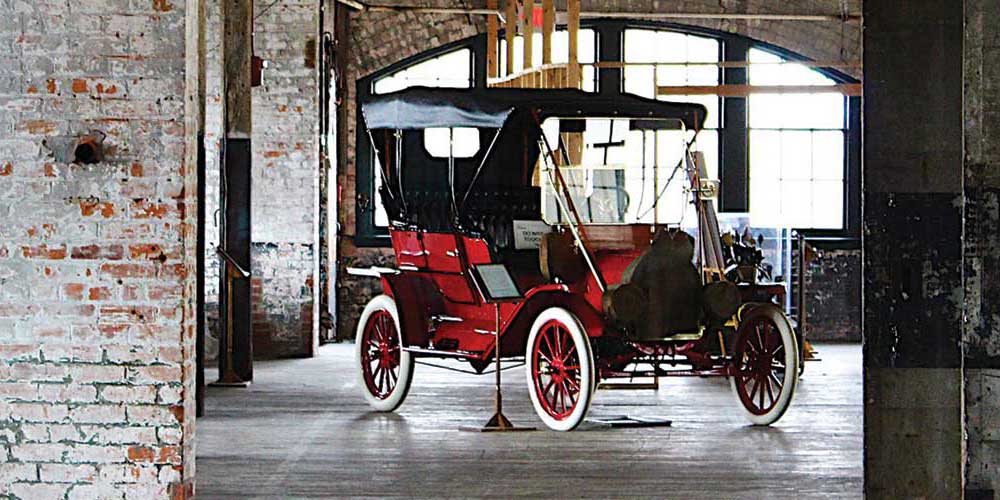By Robert Tate, Automotive Historian and Researcher
1917 Dodge artwork courtesy of the Robert Tate Collection
Published 5.17.2023
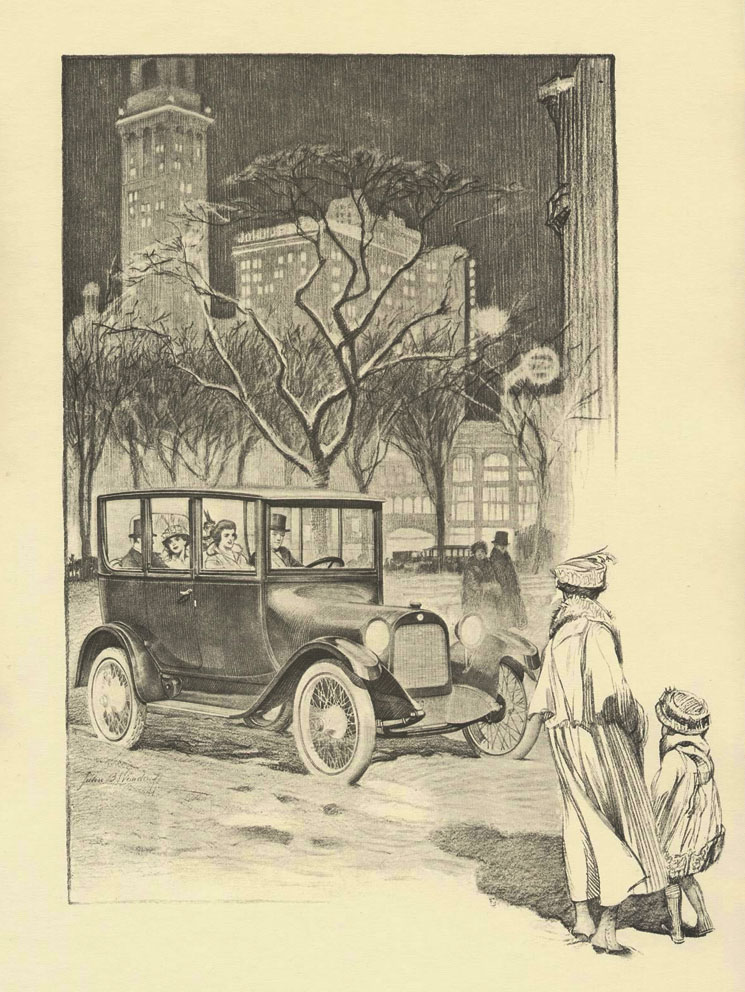
In the early days of automotive advertising, most car companies did not use photography. Talented artists were called in to create beautiful artwork to sell the American automobile.
For example, the introduction of the 1917 Dodge catalog said to its potential customers, “In this book, no attempt has been made to elaborate upon the merits of Dodge Brothers Motor Car. Through the use of familiar illustrations, we have endeavored to present it to you in a way that would make it as attractive as it really is without exaggeration in text or picture.”
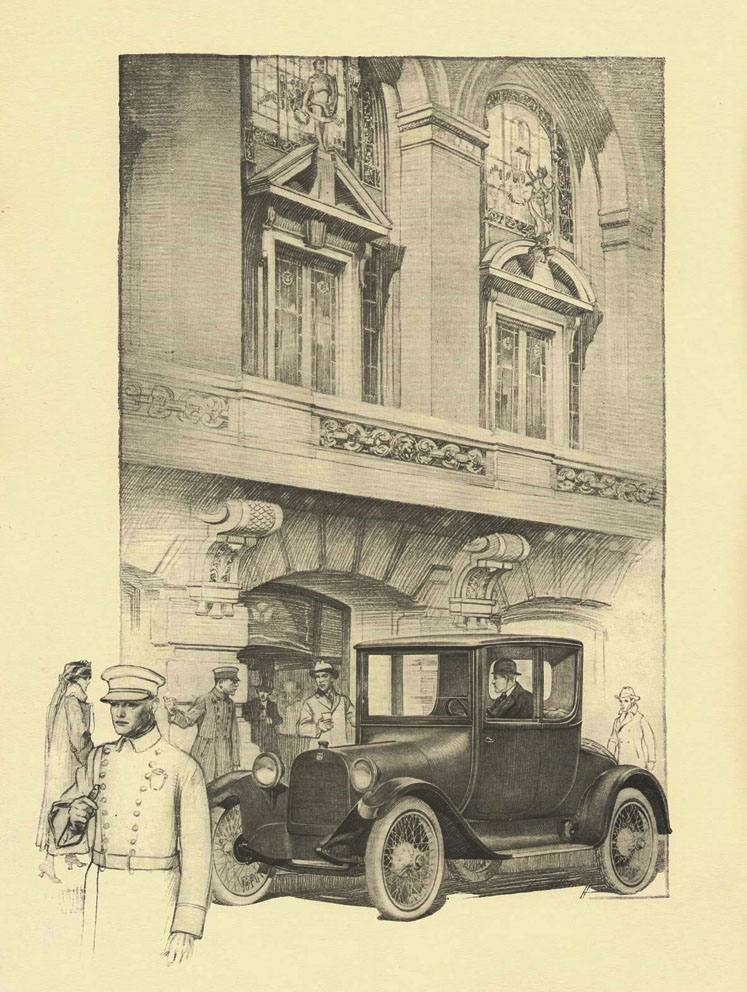
For 1917, Dodge had greatly expanded its line of new automobiles with a major design update and increased prices. In addition to the straight roadster design and touring car models, Dodge added a new coupe and sedan. The new 1917 models were rolled out on October 1, 1916.

Attractive automotive artwork filled sales brochures way before photographs became common. Most of the artists’ work went uncredited, and they received small compensation for their illustrating talent. Collectors would be hard pressed to find an artist signature anywhere on illustrations from the early days of automotive advertising sales materials.
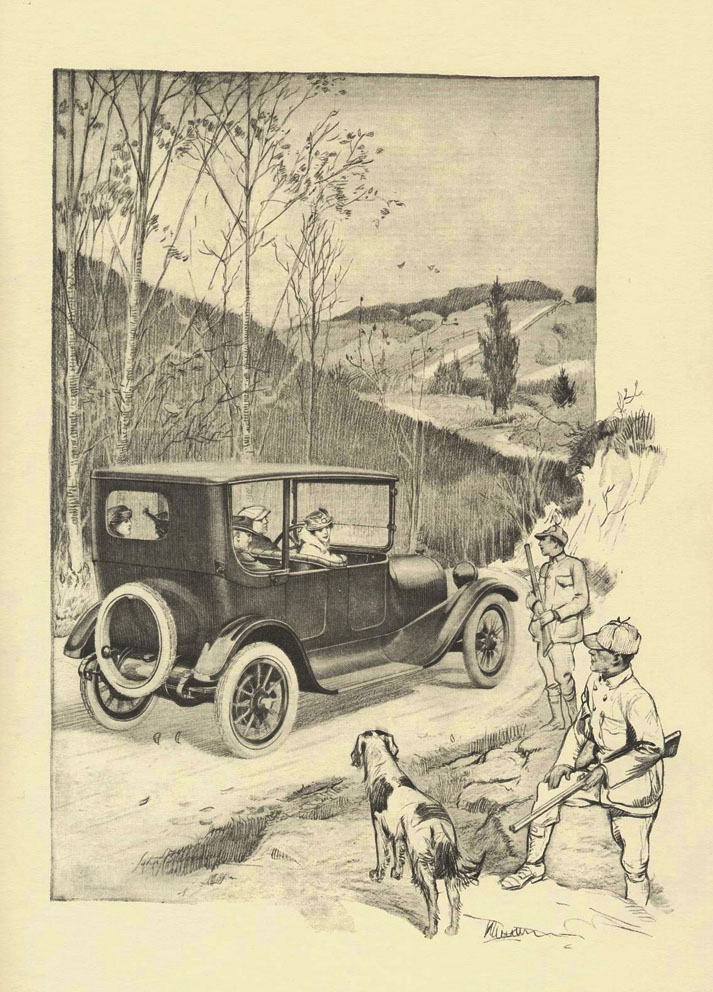
Most American roads during this era were not ready for the automobile. In 1916, President Woodrow Wilson had signed the Federal Aid Road Act of 1916. This law allocated $75 million for building much better roads under a matching fund arrangement.
The Dodge brothers, John and Horace, trained as machinists in their father’s Port Huron, Michigan shop before joining the Murphy Engine Company in Detroit in 1886. On July 17, 1914, the Dodge brothers organized and capitalized their company with $5 million in common stock. The first Dodge automobile rolled out of their Hamtramck plant on November 14, 1914. By 1916, Dodge was the nation’s fourth largest car company. On a historical note, Chrysler purchased the Dodge brothers in 1928.
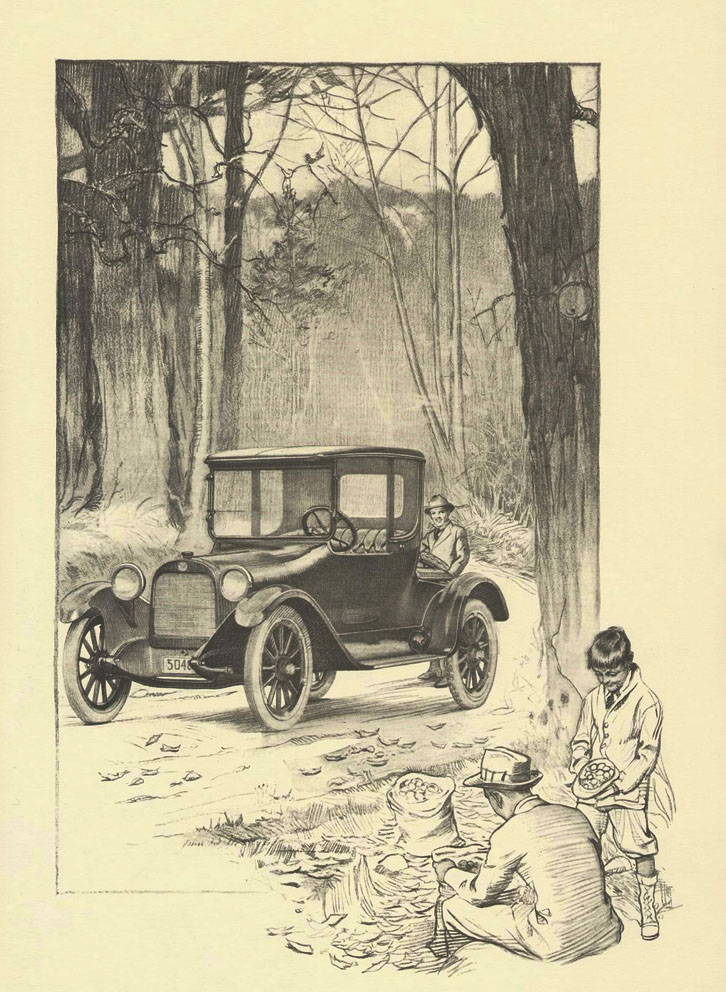
Throughout my research, the 1917 Dodge was referred to as the Dodge Model 30. They also introduced commercial vehicles, with a range of exciting new truck models. The total production for Dodge in 1917 was 90,000 units.
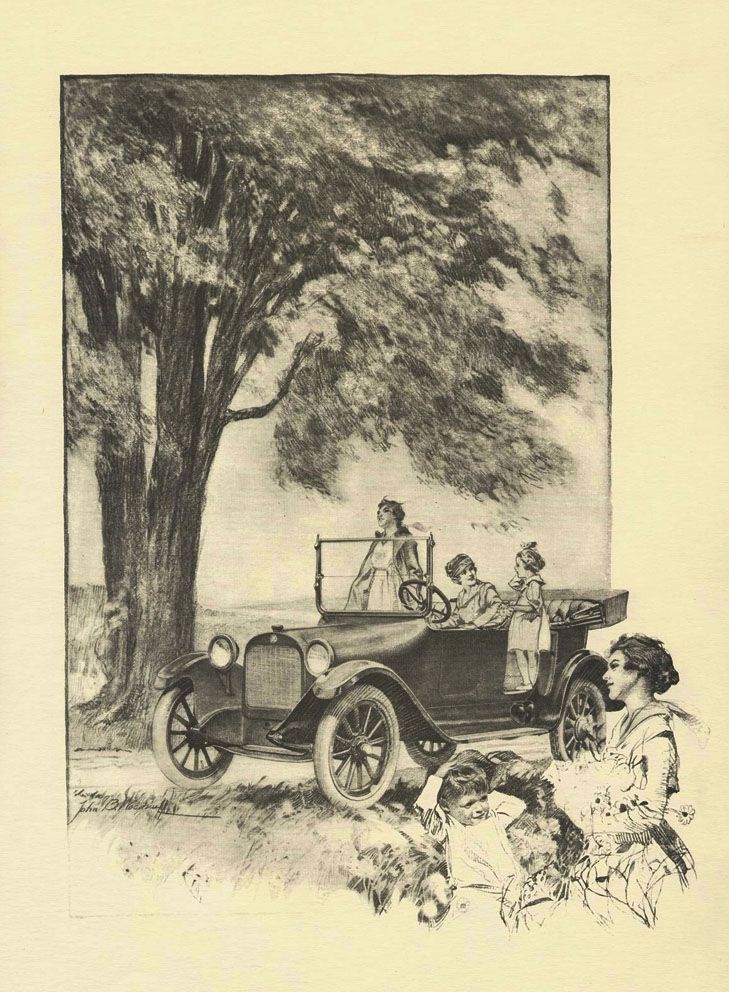
Looking at great automotive illustrations from 1917, most of the images feature farms or rural locations in black and white. During these early days of automotive illustrations, simple pens and pencil were the most popular drawing tools. They were also used for technical engineering drawings and drafting.

In conclusion, during the early days of the automotive industry at the beginning of the 20th Century, automakers hired talented artists to capture the feel and purpose of the automobile. The automobile revolutionized American life. In 1917, the Dodge pencil illustrations that are part of this story became so popular that many were sold. Today, this early automotive artwork is very collectable and recognized as a unique part of our American culture.
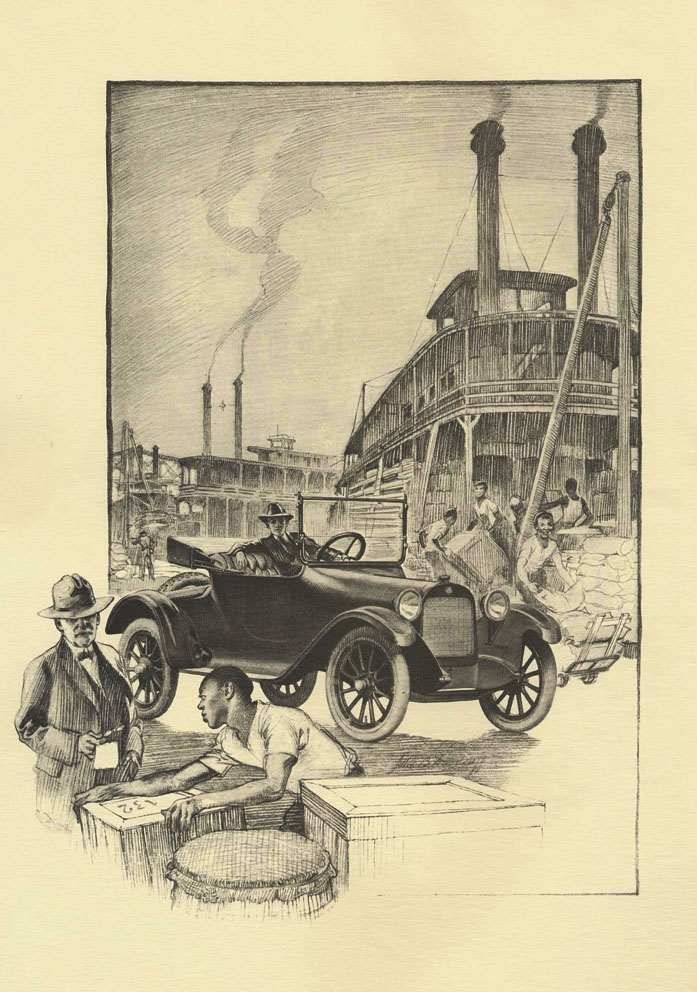
Bibliography
McPherson, Thomas A. “The Dodge Story.” Motorbooks International, Crestline Publishing, 1975.
Kimes, Beverly Rae, and Clark Jr., Henry Austin. “Standard Catalog of American Cars 1805-1942.” Krause Publications, 1989.
DaimlerChrysler Corporation. “Forward: The American Heritage of Daimler Chrysler.” Walter P. Chrysler Museum. Produced by Zenda Inc.


